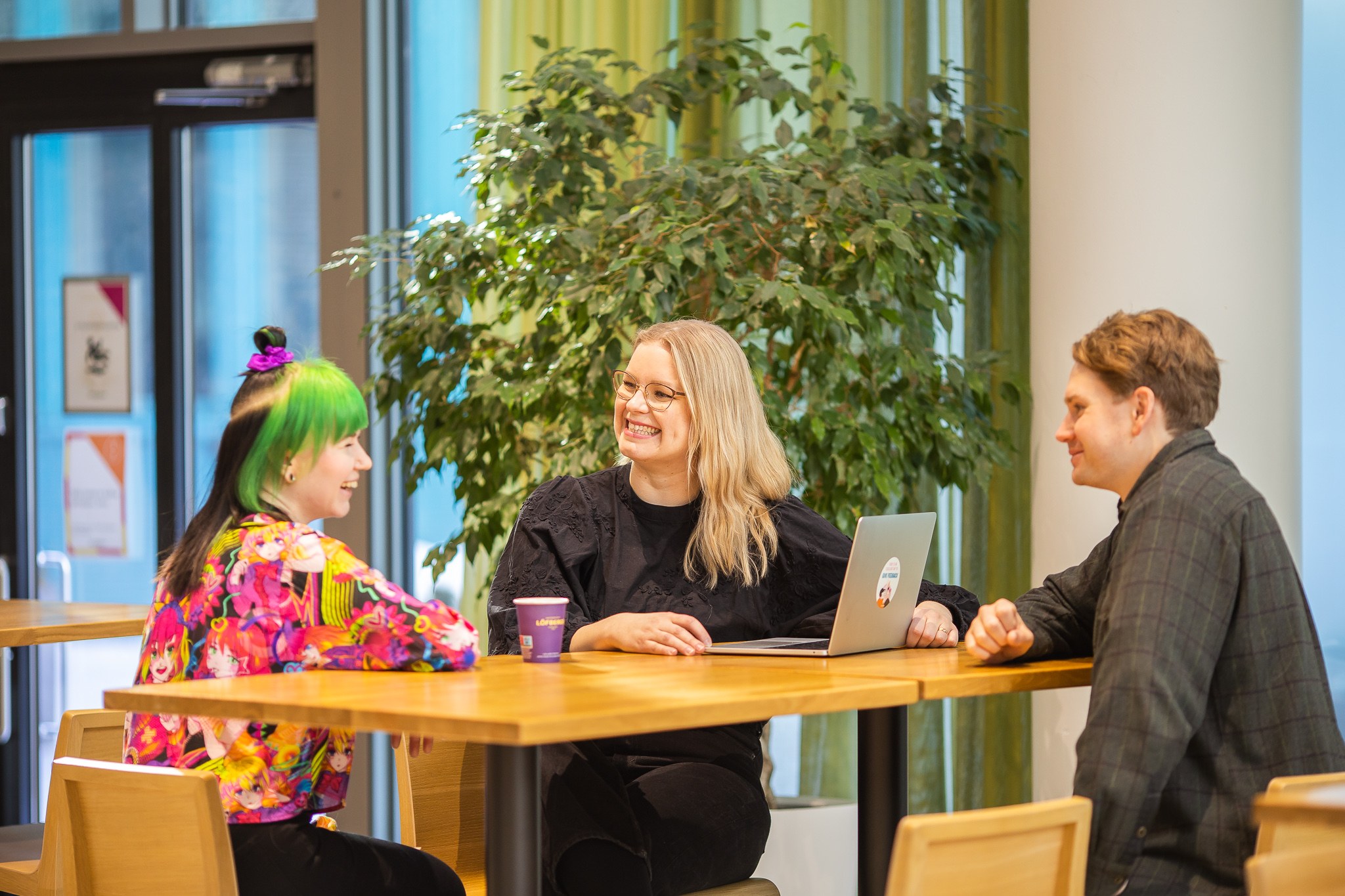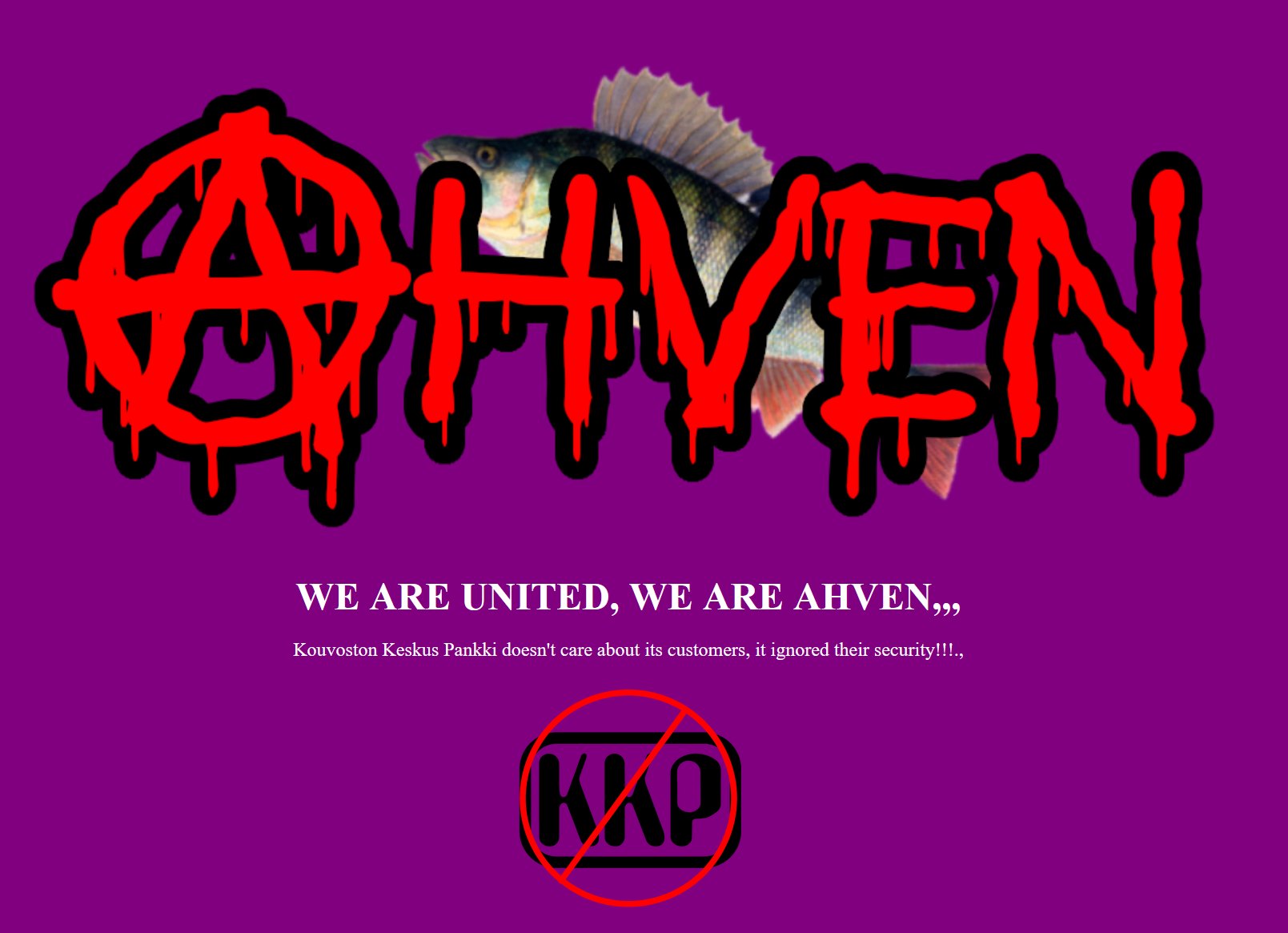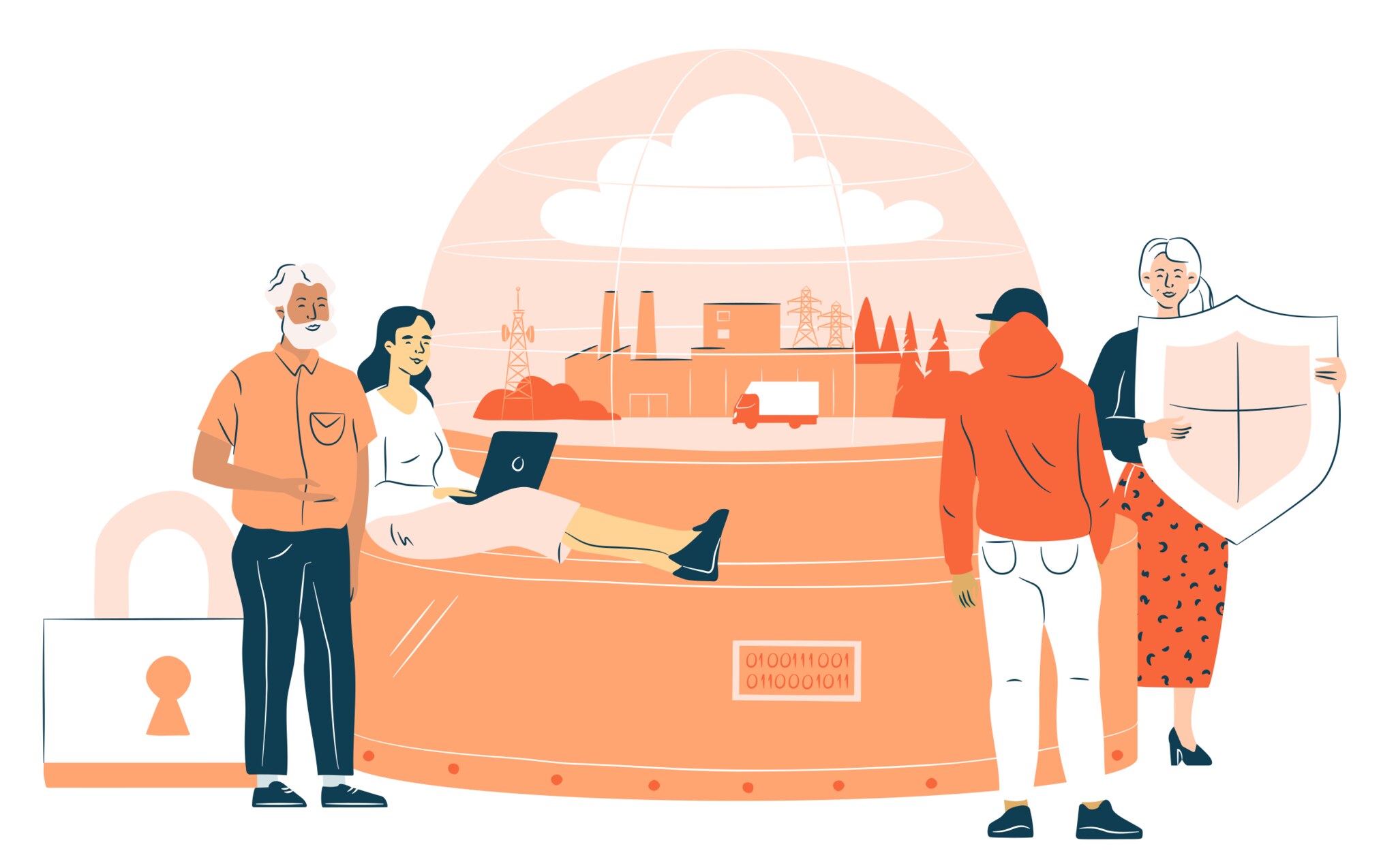Brave New Work – Are you ready to re-invent your organisation by Aaron Dignan
I want to help you to grow your mindset and to share my passion for impact. Thus, in this blog series, I have hand-picked the bestselling publications and essential managerial tools. This enables you to make a sustainable renewal to your business and personal life. The goal of this first season is to build a common body of knowledge and starting platform for you. Depending on your experience with the subject matter, some of the issues represented might be obvious to you. However, try to dig deeper and connect any missing dots for your own benefit. By reading further you will:
- save your scarce reading time on renewal, culture and the best performing teams
- extend your leadership toolbox to support your business decisions
- build your personal growth-mindset, required to excel as an evolutionary leader
Re-inventing organisations
The Brave New work (2019) by Aaron Dignan is about unleashing the full potential of complex human systems. It can be done by changing the fundamental principles and practices (ie. the operating systems) that shape organisational culture.
My purpose is to give you insights and make you think about some of the new ways of working with evidenced growth in terms of financials and people motivation. By reading this blog and watching the vlog:
- You learn how to recode the future of work through self-determination, trust and transparency.
- You are introduced to the key concepts of people positive and complexity conscious.
- You get two, easy to apply, managerial tools to grow your leadership capabilities.
Future of Work
According to studies referred to in the book, return on assets (ROA) is declining and the financial and technical debts of organisations are simultaneously growing globally. There is constantly more organisational debt – meaning any structure or policy that no longer serve the organisation is present. In addition, nowadays people are nowadays expecting more presence and mediation of continuous participatory change from their leaders.
As referred in my last blog about Netflix building a culture of radical freedom and responsibility the winning organizations looks quite different in their DNA than we are used to in our taylorism driven world of economics. According to the writer, the future of work is about organisations that reflect in their leadership culture and operating systems purpose, transparency and reputation as an employer. Brave new work is built around freedom and responsibility.
People Positive and Complexity Conscious
Aaron Dignan introduces two core concepts of brave new work: people positive and complexity conscious. What do these terms mean in practice?
People positivity is about a positive mindset towards people´s potential. Any individual is seen more as a contributor rather than a cost. People positivity has its roots in the human work motivation and management research work by Douglas McGregor while he was working at the MIT Sloan School of Management in the 1950s, and developed further in the 1960s. The two theories of X and Y 1 proposed by McGregor describe contrasting models of workforce motivation applied by managers in human resource management, organisational behaviour, organisational communication and organisational development. Theory X explains the importance of heightened supervision, external rewards, and penalties, while Theory Y highlights the motivating role of job satisfaction and encourages workers to approach tasks without direct supervision, the latter is presented as the driver of people positivity.
Also, the self-determination theory (SDT) of Edward Deci and Richard Ryan highlights people´s desire for autonomy, competence development and relatedness. The researchers claim that humans are inherently proactive with their potential and mastering their inner forces (such as drive and emotion). Humans have an inherent tendency toward growth development and integrated functioning. Optimal development and actions are inherent in humans, but they don’t happen automatically.2
In short people positive means that, as a leader, we assume and expect the best of everyone as a starting point.
Complexity conscious tells us how we see and define the world around us. For example, how do we differ complicated challenges vs. complex ones? The main difference is that complicated matters are causal systems that can be controlled and fixed. On the other hand, complex ones are dispositional, they can be predicted and influenced, but not controlled. The complexity conscious idea stems from the Cynefin decision framework 3 by Snowden published in 1999 (see picture below).

Cynefin framework, source
New Operating System
The operating system is the DNA of an organisation. It is where people work and how the organisation works. It lays down the foundations of co-operation, motivation and success. As W. Edwards Deming (the “father of total quality management”) already said decades ago:
“94% of the problems in an organisation are caused by the system, only 6% by people”
The traditional management mindset is that errors and defects are caused by bad employees or employees who just don’t care. This might not be the case, as mentioned earlier, with people positiveness and complexity consciousness. Is your organisation like an intersection where cars need to stop and wait, or is it like a smooth roundabout? A working operating system is the latter one.
One tool presented in the book is the OS Canvas with the following 12 key critical domain. A clear understanding of these is required for any leaders to succeed. They are the following:
- Purpose
- Authority
- Structure
- Strategy
- Resources
- Innovation
- Workflow
- Meetings
- Information
- Membership
- Mastery
- Compensation
Currently, the OS Canvas is its second edition with same themes, but a new version of a 3X3 type matrix. However, the initial OS Canvas purpose has not changed. The concept is to pick a domain topic and work it through one by one with the following questions:
- What are our principles in this area?
- What do we believe?
- What are our current practices in this area?
- What do we actually do in this area?
- Are they (actions) serving us?
- Are our actions and outcomes consistent with our values?
In short, getting to the root-cause of any development area and defining it clearly whilst, at the same, time taking into consideration the organisation´s strategy, purpose and values. By building those domain themes together with an in-house or external facilitator helps you to create a common visual and documented guide for your new successful operating system.
Psychological Safety
No frank, honest and successful operating systems can be achieved if psychological safety is not felt present at work. In my experience within a multitude of industries in various countries, to create such an environment of trust, transparency and appreciation should be the number one task for a great leader with a willingness to grow.
How to excel? How to build psychological safety in your organisation? One good tool presented in the book is ICBD method4 by Alexandra Jamieson. The method is a discussion/questioning format where you can get your people heard, engaged and make them raise their concerns proactively in order to pursue, together and at the same pace, your strategic intent and goals. The sequence of questions asked is the following:
- Intentions – ask “why do you want to be a part of this project?”
- Concerns – ask “what are you worried about in our team or plan?”
- Borders – ask “what rules or standards will help our team to be the best?”
- Dreams – ask “how will we feel, where we will be?”
These earlier questions can help you to build trust, the foundation of every successful team or group which is very well stated by Patrick Lencioni in his bestselling management book of The Five Dysfunctions of a Team.
To conclude, when you create an environment of psychological safety, you can unleash the untapped potential of your people and make miracles happen without heavy investments. You can get growth and incremental results fast.
The key question for you to ask yourself when becoming a leader with a growth-mindset
- What is stopping you creating the best workplace of the future, today?
My next blog will be published in early January 2020. It will be about tribal leadership and getting organised in a new way to grow. Keep following.
Sources:
1 https://en.wikipedia.org/wiki/Theory_X_and_Theory_Y
2 https://en.wikipedia.org/wiki/Self-determination_theory
3 https://en.wikipedia.org/wiki/Cynefin_framework
4 Getting to Hell Yes: The conversation that will change your business (and the rest of your life),Jamieson and Gower, 2018
About
Jere Talonen – Your co-pilot helping you to bridge the gap between strategy, values and behaviours from the boardroom to the shop floor by combining EX with CX. In the blog series, he shares his learnings from a multi-industry international career extending over 20 years as a leader, entrepreneur, business coach & consultant, as well as an executive team and board member. Currently, Jere acts as Principal Consultant – Recoding Culture and the Future of work at Gofore Plc.


